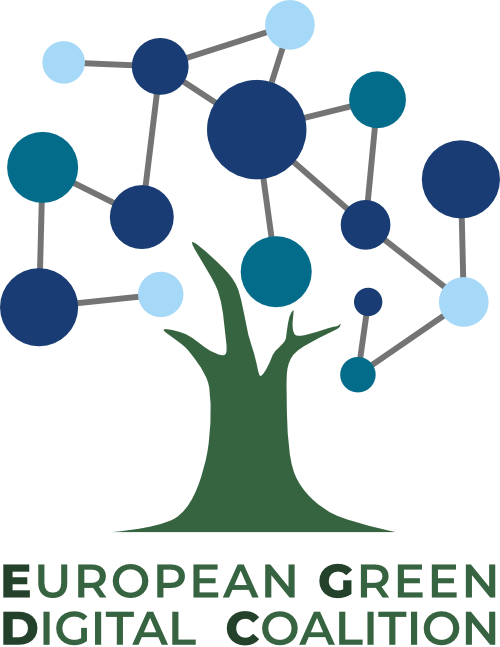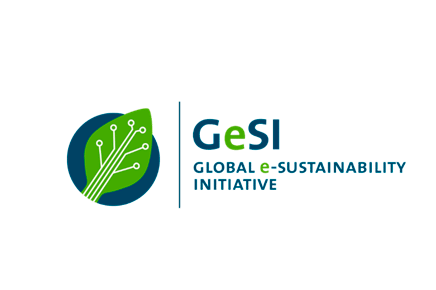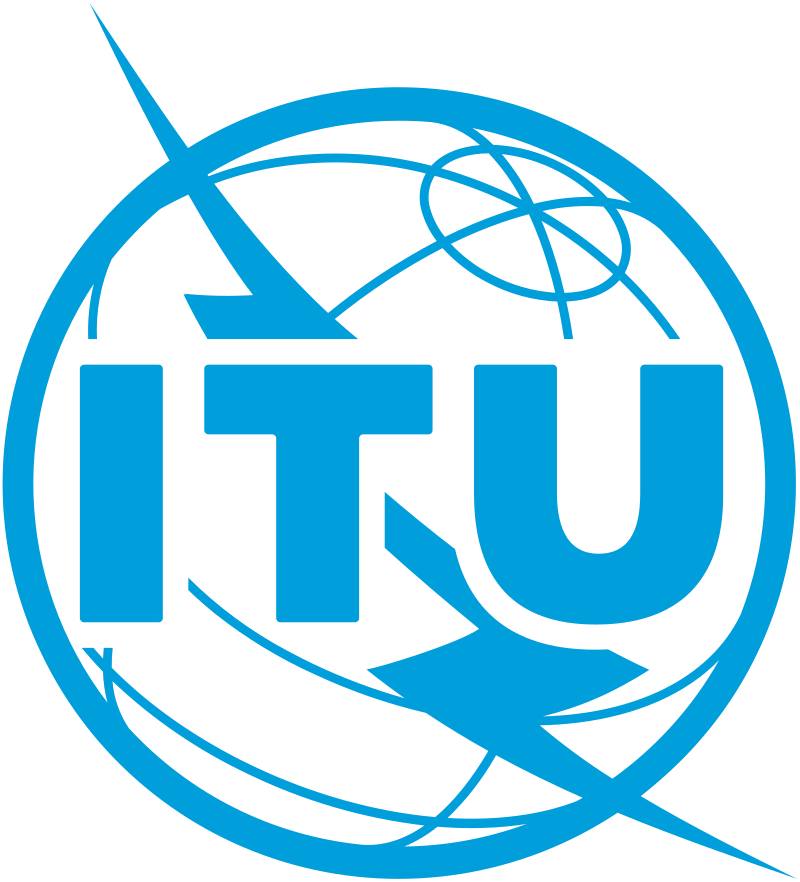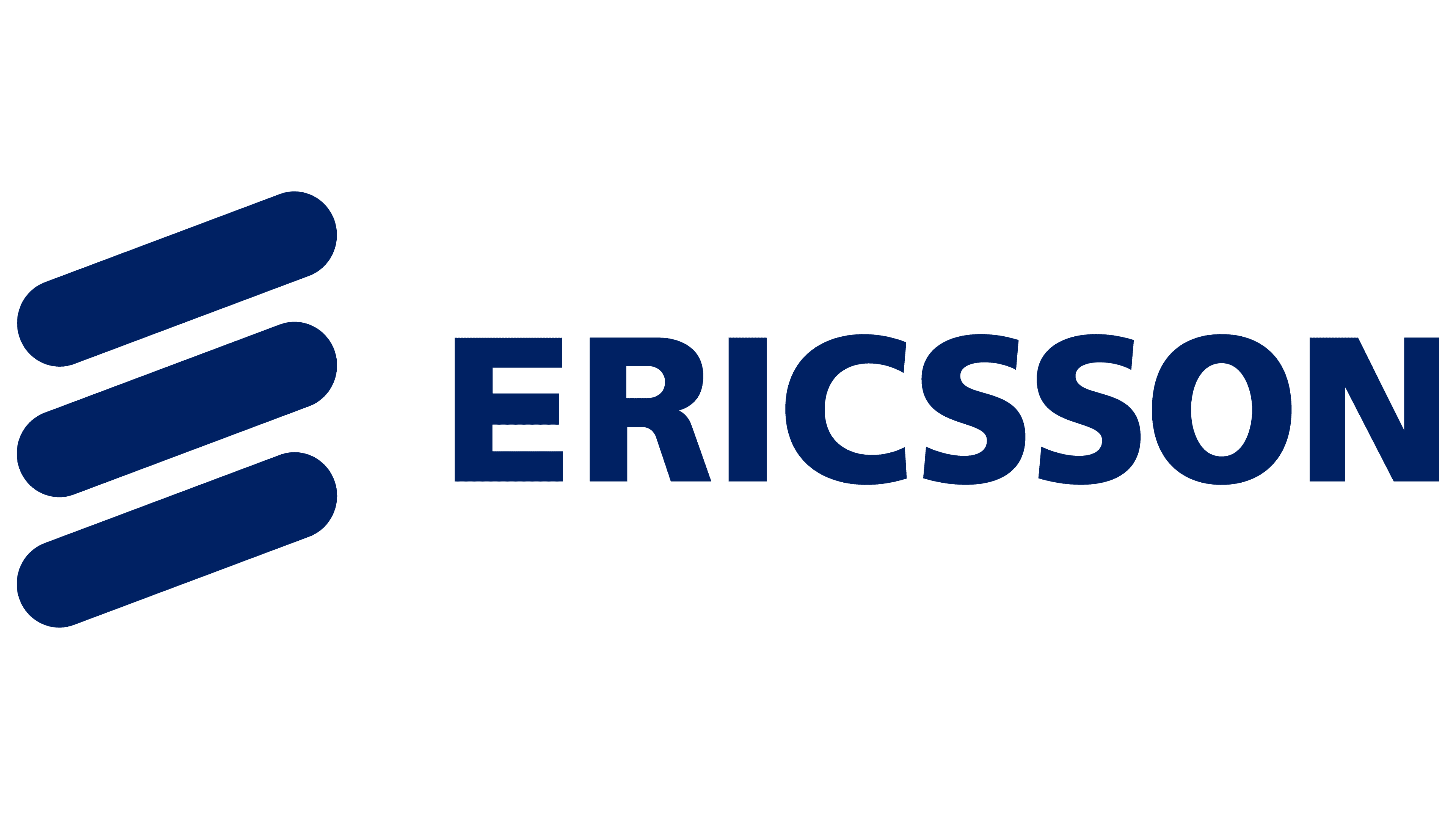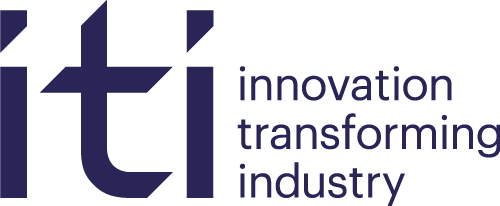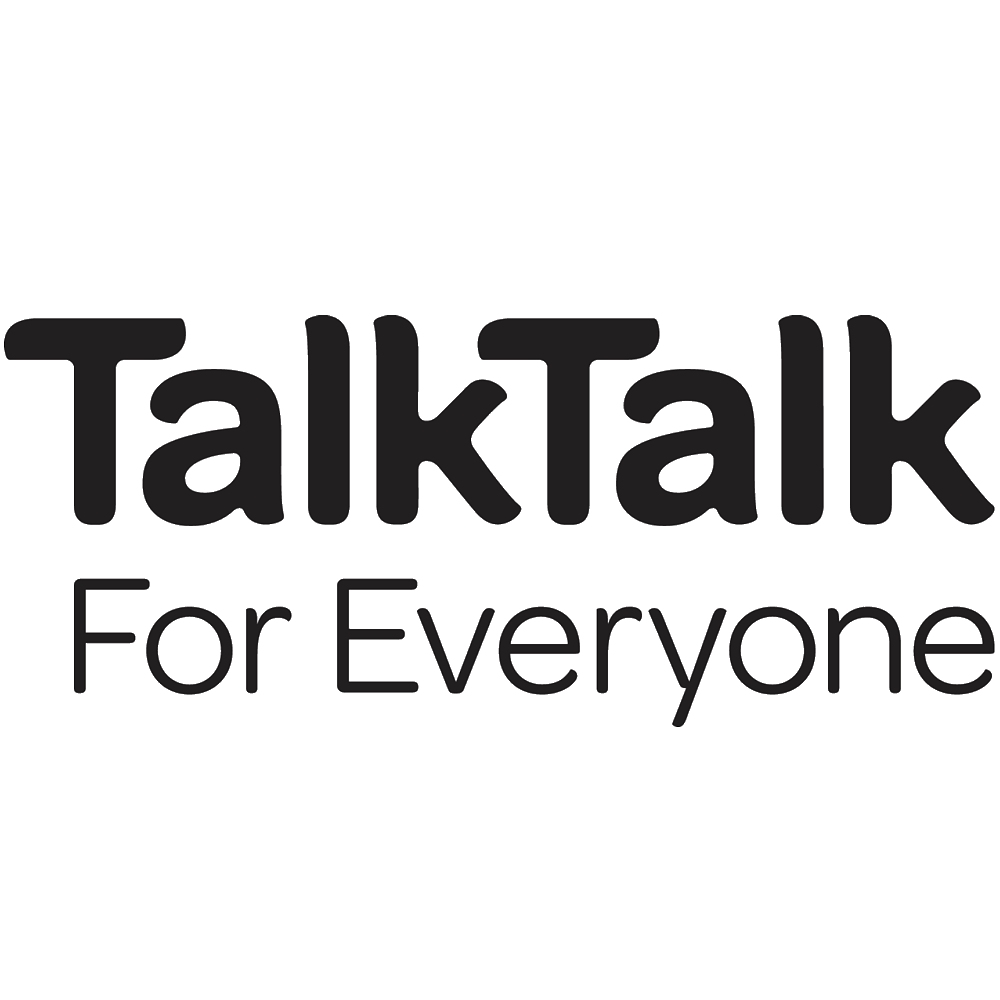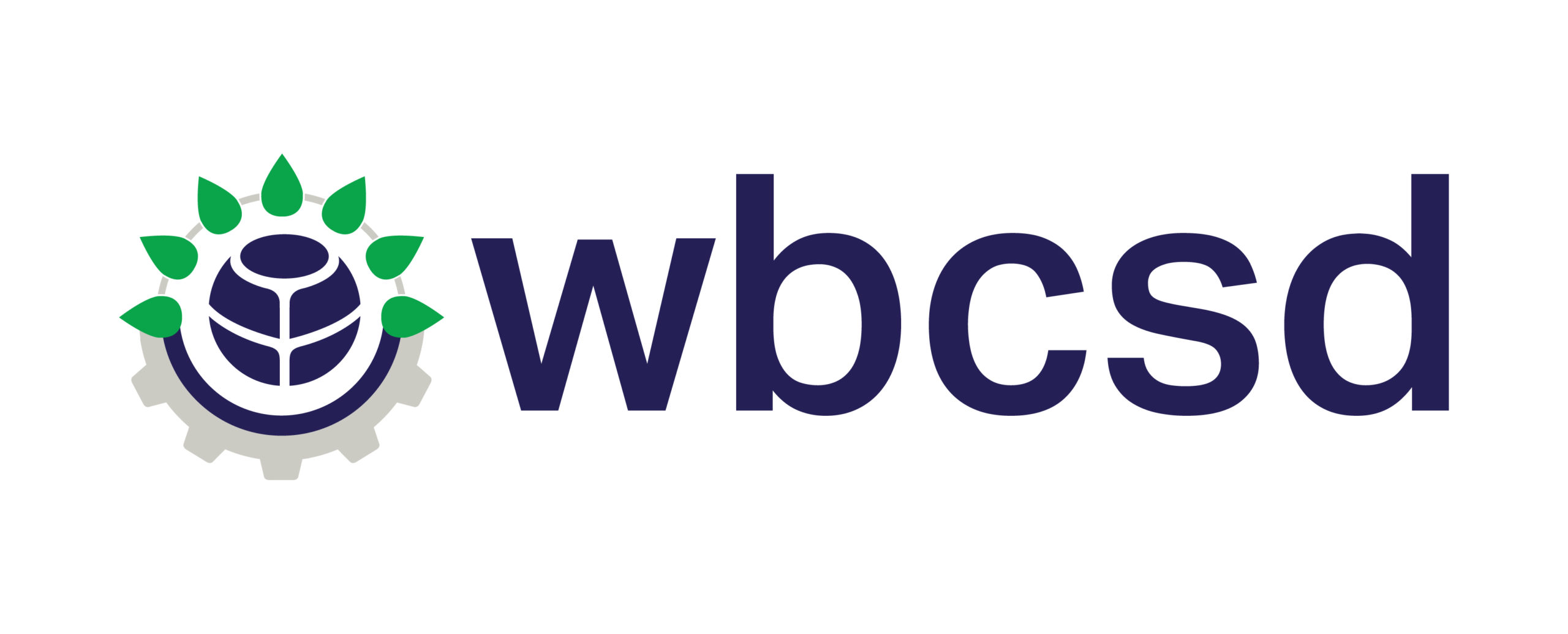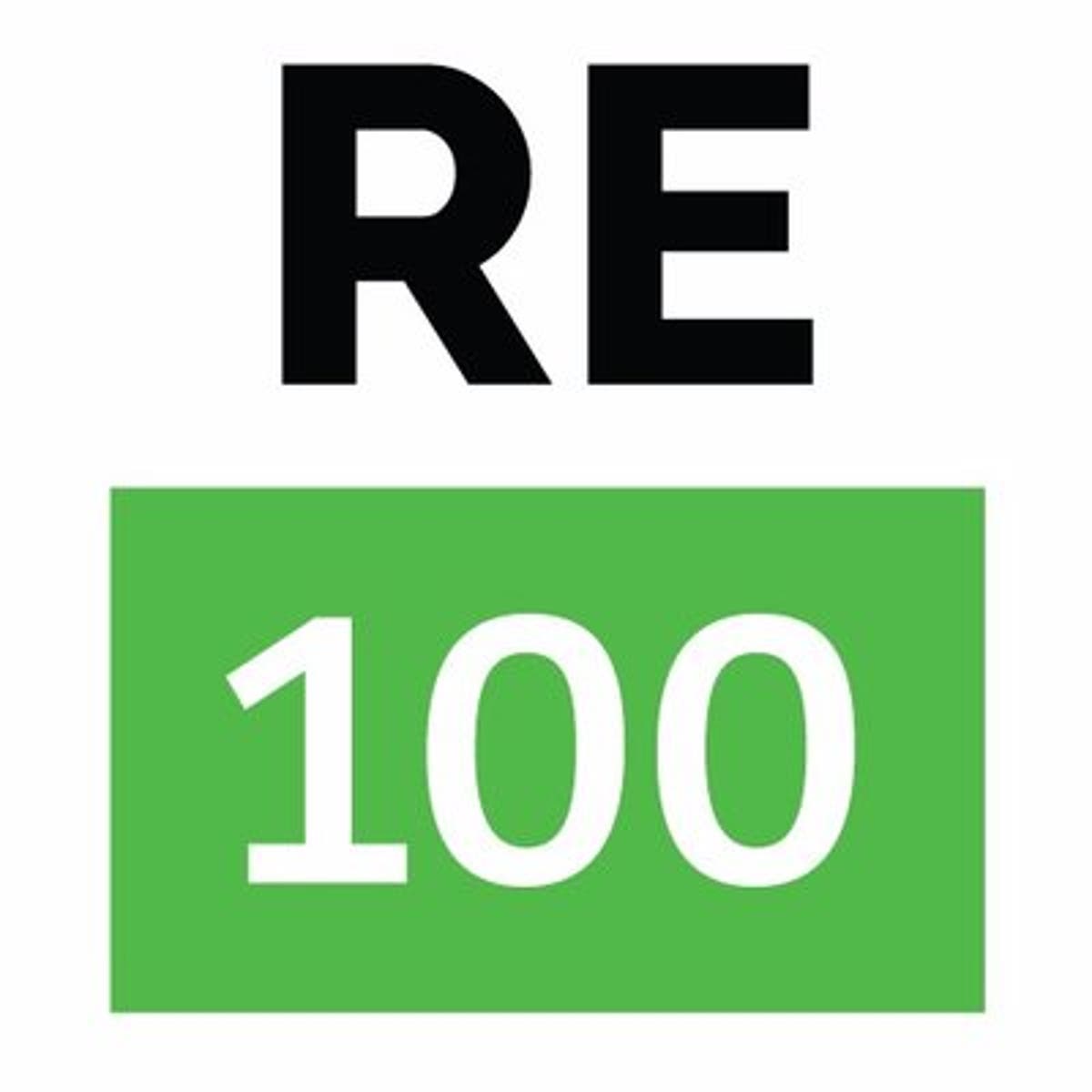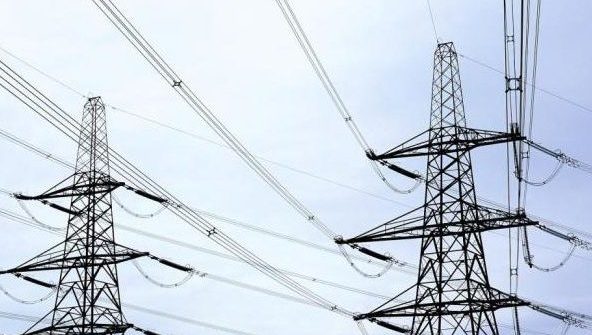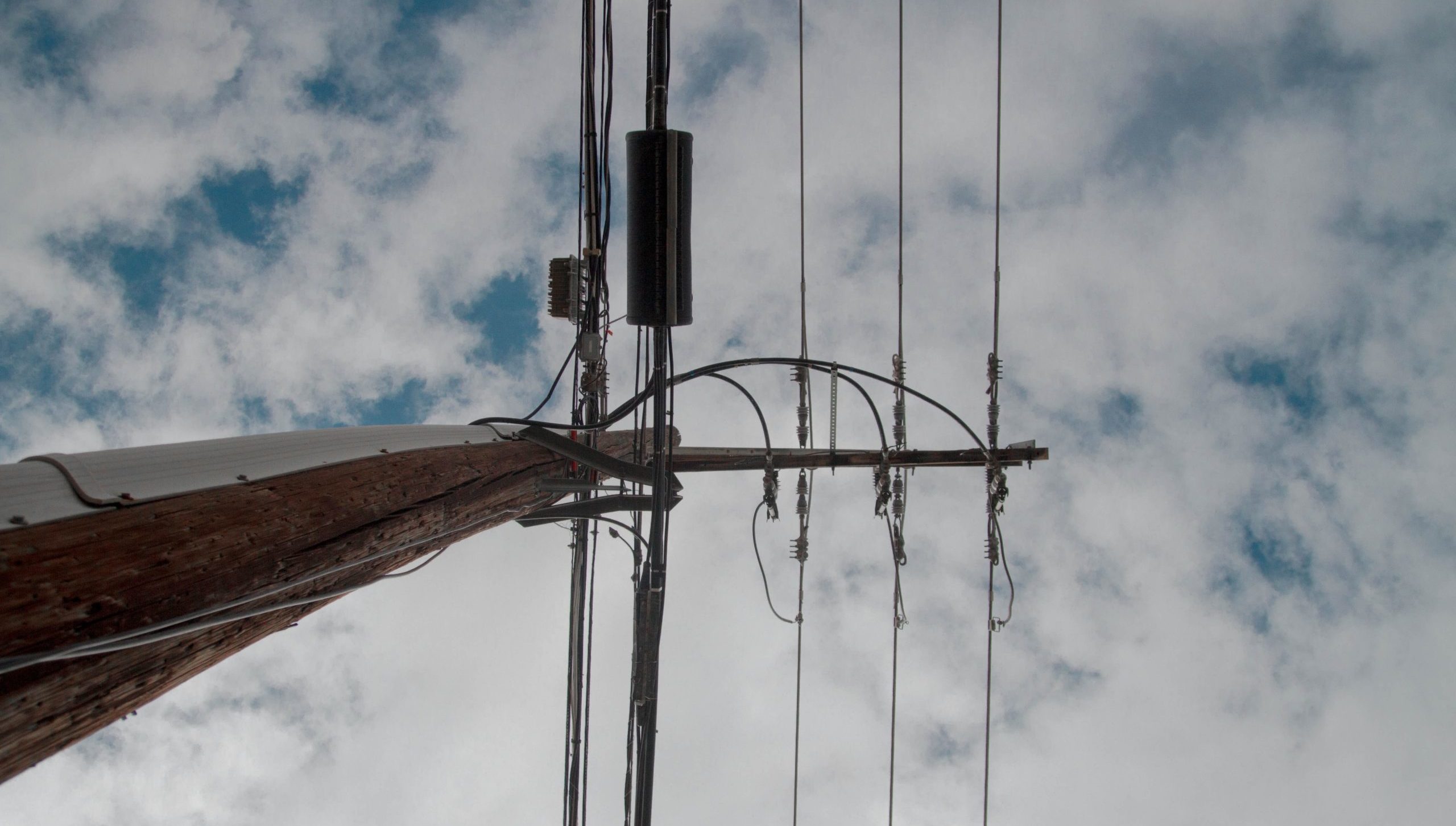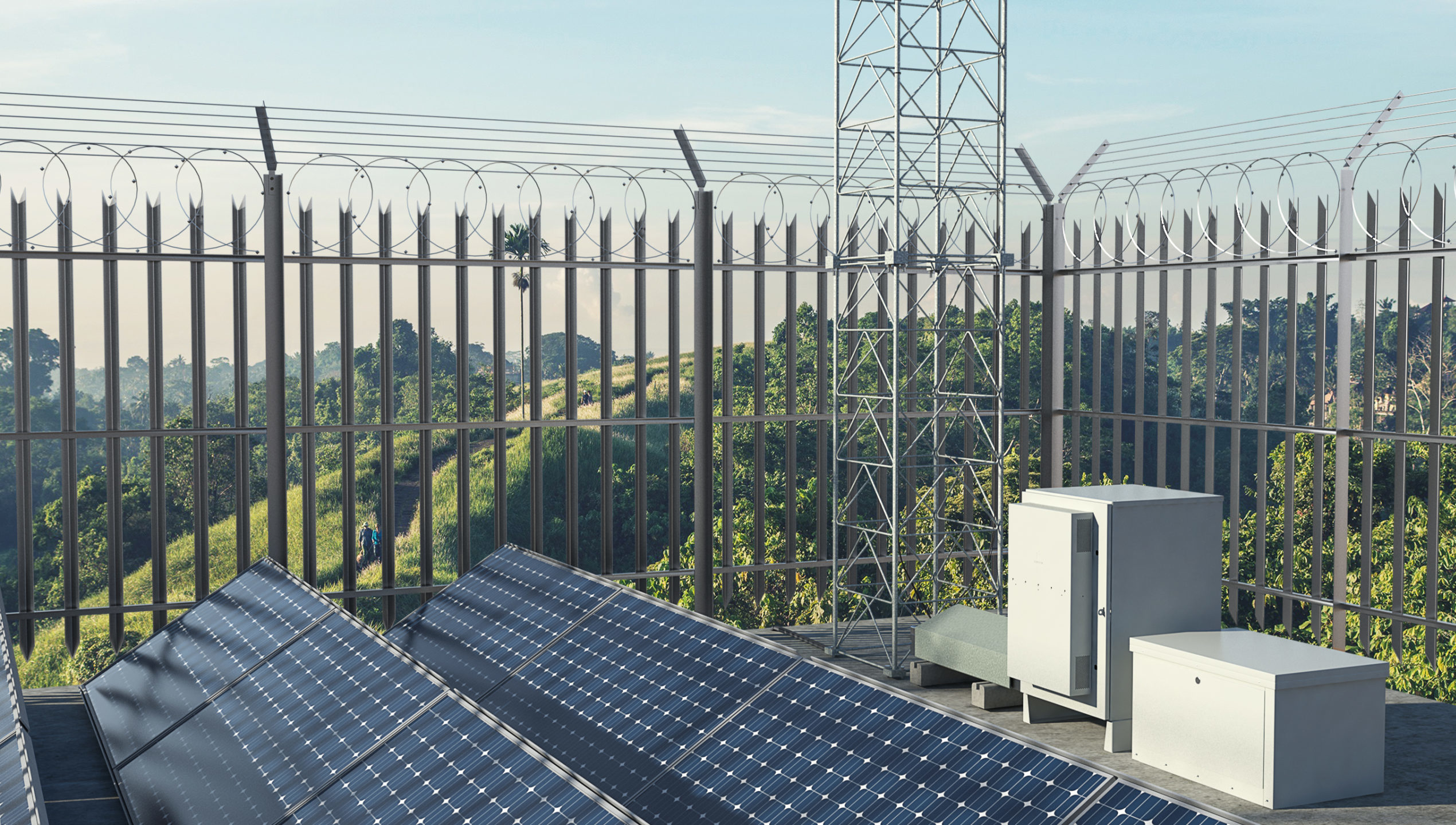THE 2030 BREAKTHROUGH
80% of ICT & 70% Mobile sector electricity use must be decarbonised by 2030
Why electricity? Tracking Progress ×
×
Why electricity?
- The ICT & Mobile sector is responsible for 1.4% (730Mt) of global CO2e equivalent emissions. Of which 50% is from user devices, 25% from IT networks and 22% from data centres and enterprise networks. Entertainment and Media (e.g. TVs, TV networks and media devices) contribute a further 1.2% (640Mt) CO2e (Malmodin & Lundén, 2018).
- 80% of the ICT footprint is from the use of electricity (in all lifecycle stages). So if 80% of the ICT sector and its users switch to decarbonised electricity by 2030, sector emissions will approximately halve between 2020-2030, aligned with a 1.5C science based pathway (Sources, ITU L.1470 GHG trajectory, ICT SBTI pathway).
- A report collecting data for a wide range of ICT companies found that among the evaluated companies in 2020 approx 30% ICT sector electricity came from renewable sources (ITU, 2022).
- Recent analysis from the GSMA found that operator networks in 41 countries are now using at least 75% renewable electricity with networks across Europe using the most renewable electricity at 71% on average.
What is meant by decarbonised electricity?
- ‘Decarbonised’ or ‘renewable’ electricity has different definitions. The focus for the ICT sector should be in supporting new renewable energy capacity (as opposed to buying existing capacity). On-site renewables, hourly carbon-free energy or direct PPAs (power purchase agreements) that drive new wind/solar creation is preferred.
- Leading ICT & Mobile players are already at 100% renewable electricity and some companies are exploring further steps, such as Google’s 24/7 Carbon Free Energy initiative, focused on hourly carbon free energy of the grid.
- Challenges exist in accessing renewables in many countries:
- China, South Korea and Japan are key to unlocking renewables inequipment manufacturing, as referenced by Samsung’s RE100 commitment from September 2022.
- There is a need for policymakers to help ‘unlock’ access to renewables forcompanies in countries across LATAM, MENA, SSA and APAC
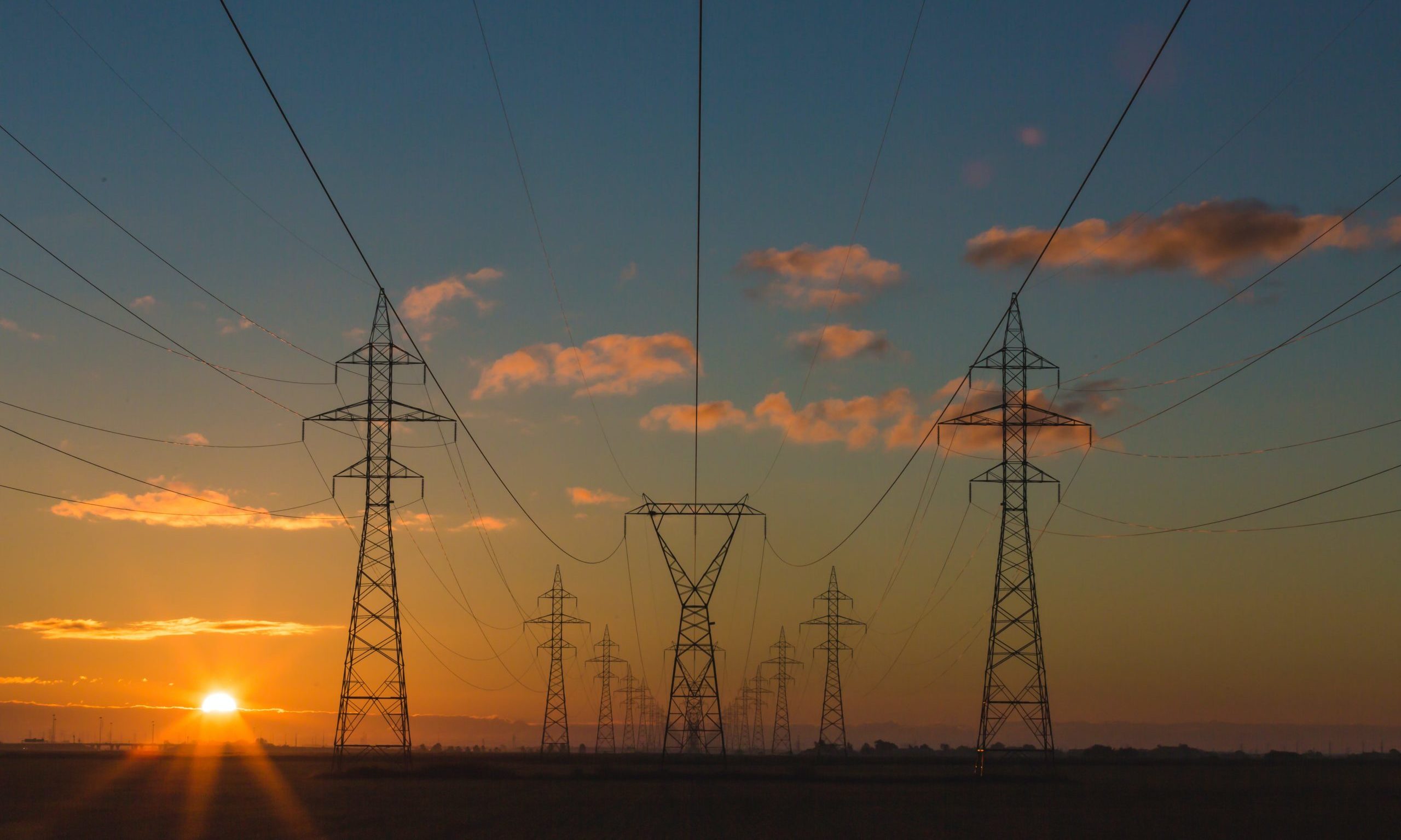 ×
×
Tracking of corporate renewable electricity use currently relies on the local definition of renewables given in public reporting, which could include RECs (renewable energy certificates) as well as PPAs. Improved transparency in renewable energy sourcing is necessary to ensure accuracy of measurement.
Currently the access to data is relying on individual researchers, investigations by organisations like ITU and GSMA. However, efforts are being made to explore if UN ITU could set up a database that could be used to more regularly track emissions.
MDPI Report


